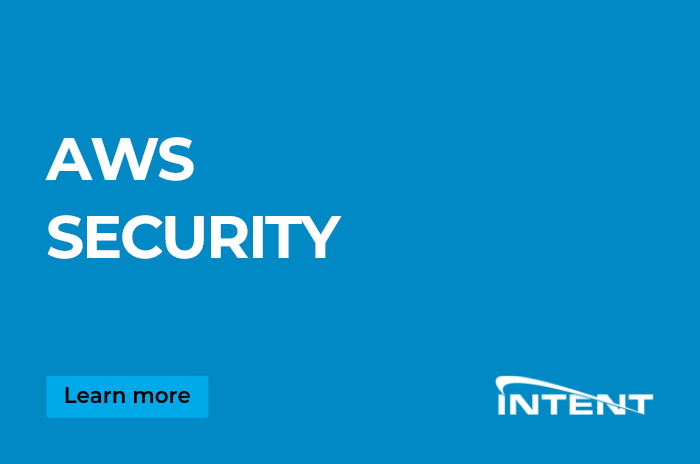Managing Remote Workers

Coronavirus (COVID-19) is a new illness that can affect your lungs and airways. It's caused by a virus called coronavirus.

Symptoms of COVID-19 are a cough, a high temperature and shortness of breath. There’s no specific treatment for COVID-19 currently although trails have begun.
Simple measures like washing your hands often with soap and water can help stop viruses like COVID-19 spreading.
As the World struggles with dealing with this new medical virus the work force is being asked to stay home.
Kids are home so teachers are now being forced to connect with students in online classrooms, large meetings and training are occurring in the virtual world through general platforms like Zoom, Microsoft Teams, Google Meet, and Go-to-Meeting. There are also very targeted video solutions and platforms like that provided by OpenExchange who is the leading trusted video exchange for financial services. IT departments are finding new ways to help their coworkers stay productive while working from home; It’s now a necessity for companies all across the globe. As a result, there are thousands of team leaders and managers who find themselves suddenly managing a completely remote team.

This can be difficult and presents some additional security risks. Here are some tips to help manage a remote team successfully:
- Have a Daily Check-In:
- Whenever possible, this should be one-on-one, and face-to-face via video. Phone conversations, email, and instant messaging (IM) go only so far. Your team needs to see you, and you need to see them. At first, this should be every day. It probably goes without saying that you should be in regular communication with your team. One of the hardest things about working from home, especially if you’re used to an office environment, is the sense of loneliness and isolation that can set in. That’s especially true considering that many people are practicing social distancing.
- Take Advantage of Technology:
- As a manager, your job is to keep your team connected. Communication tools like Microsoft Teams, Zoom, or Go-to-Meeting are a simple way to keep everyone engaged. For more specialized and guided service look at leveraging someone like OpenExchange. While email and text messages might be a short-term solution, these tools are far better suited for collaboration and communication.
- Multi-factor authentication (MFA) should be required to access any corporate resources digitally. When a user connects remotely to your domain using their work credentials on a personal device that opens the door to possible risk. Passwords are easily compromised!!
-
Manage Expectations:
- Help your team figure out what they should do and create realistic expectations for their work. Set yourself and your team up for success by clearly stating both the tasks and the reasons behind them, and help your team understand exactly how you will measure success.
- That means defining the scope, deadlines, and deliverables for each task or project your team is working on and focus on outcomes, not activities. It’s not possible to manage every aspect of the work done by a remote team. Instead focus on the outcomes and measure your team’s success on competing tasks on a deadline.
- Be Flexible:
- Understand that, especially in the current environment, your team has a lot going on. That’s not an excuse for not getting things done, but it is a reason to reconsider what productivity really means. Have Empathy that everyone will react to this event differently.
Punching a clock for eight hours is out. Regular work hours are also probably out for many people.
Instead, trust your team and give them the freedom and flexibility to get work done on the schedule that helps them be the most productive. Contact us for help if needed.





